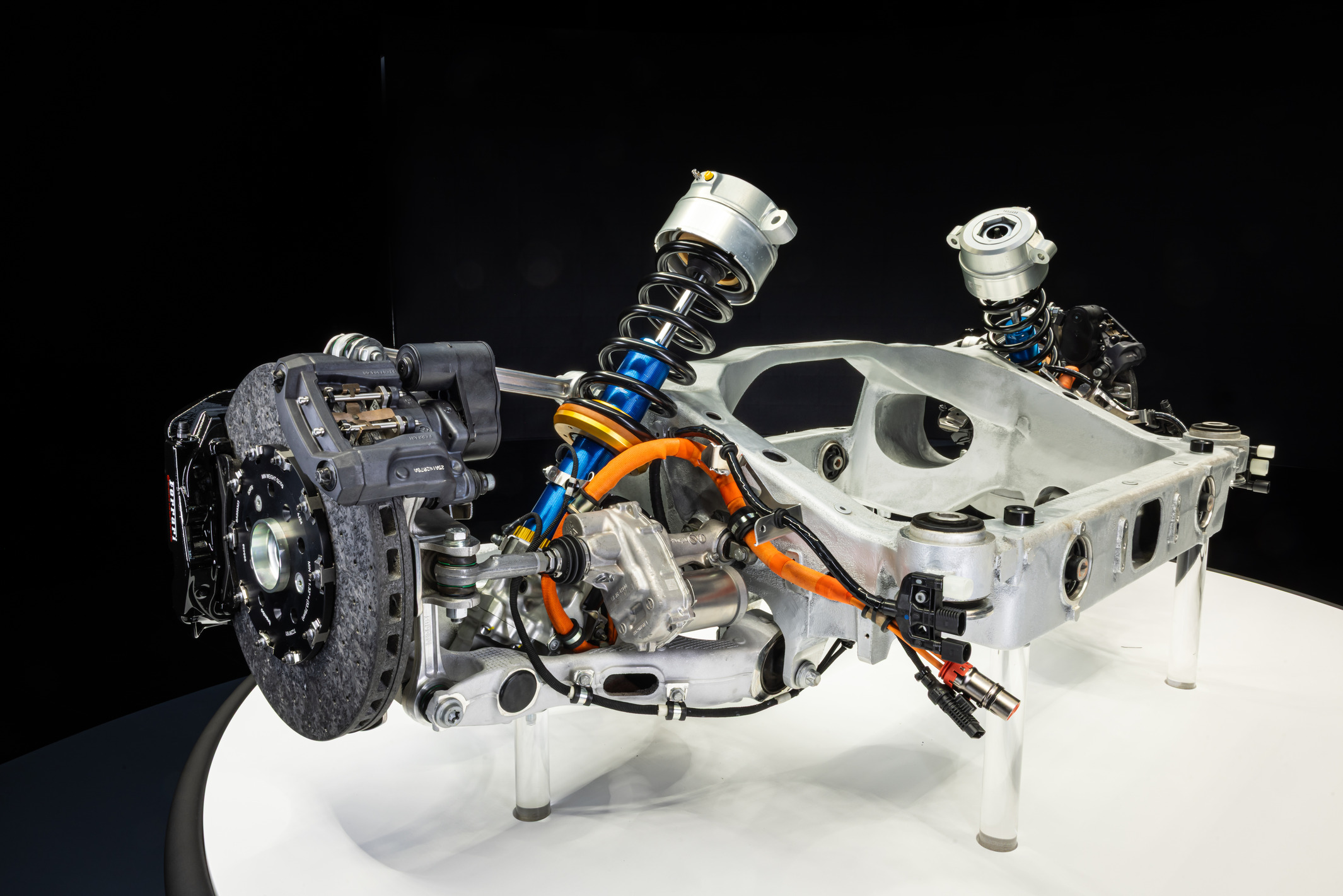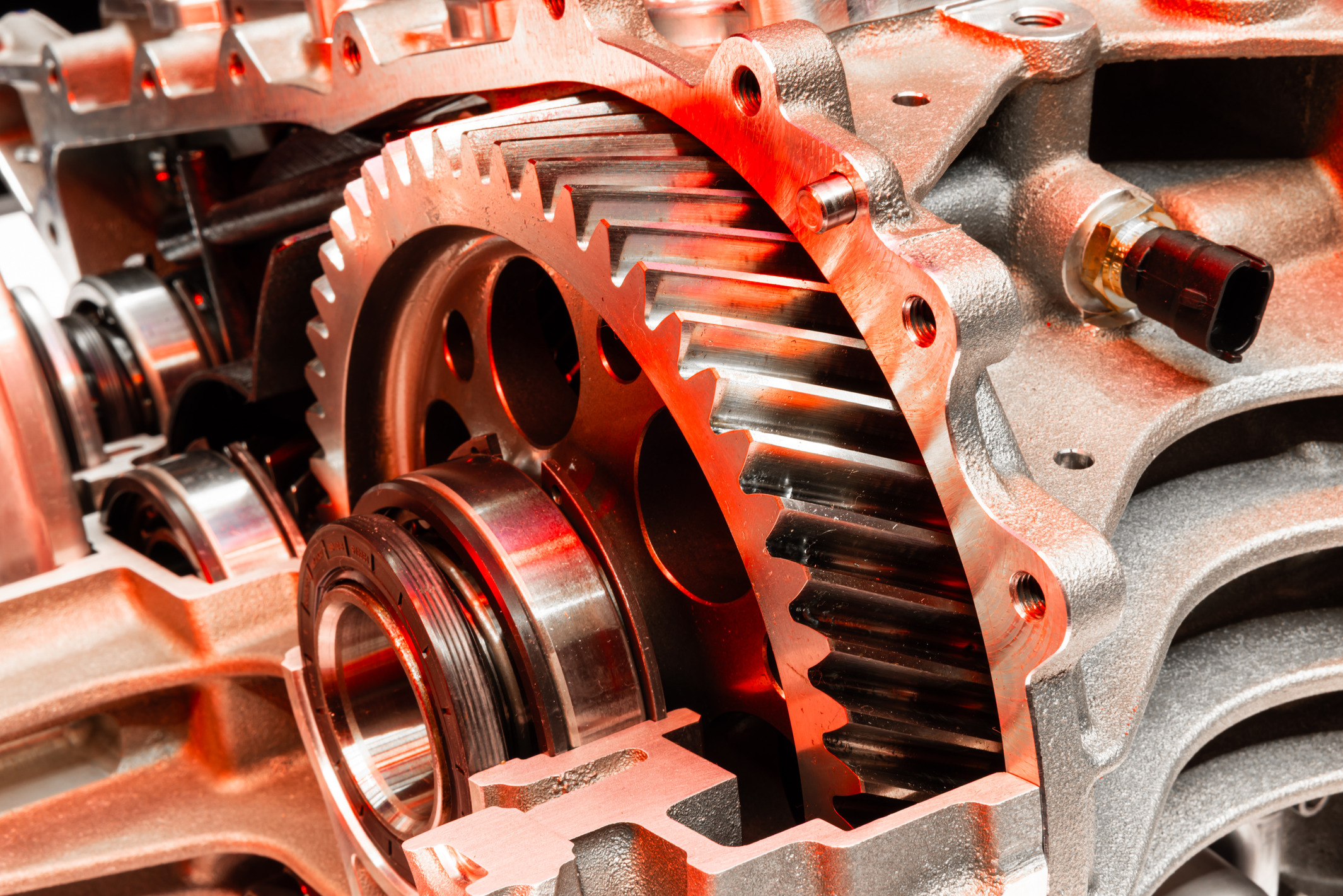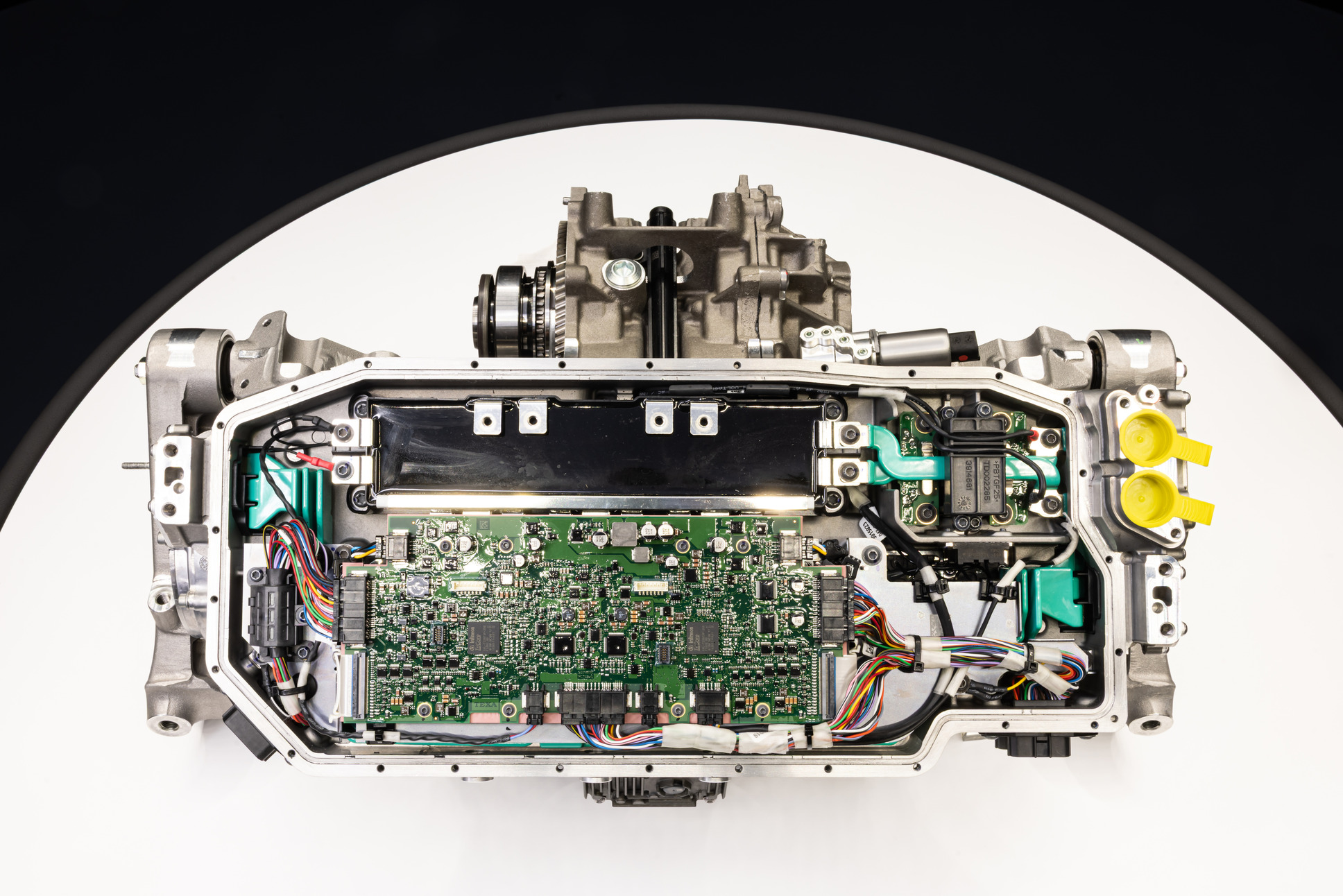Engineering First, Identity Intact
On paper, the Elettrica is impressive. Ferrari reveals a quad‑motor setup with more than 1,000 horsepower in boost mode, a 0‑100 km/h sprint in around 2.5 seconds, and a top speed of about 310 km/h. The battery is reported to be roughly 122 kWh gross capacity, with an 800‑V architecture capable of about 350 kW fast charging. Ferrari says the chassis and bodyshell use 75% recycled aluminium, and the centre of gravity is lowered by around 80 mm compared to an equivalent combustion model. All key components - the battery, e‑axles, electronics - are developed in‑house at Maranello.
From a technical standpoint, Ferrari isn’t dipping a toe in the electric pool - they’re diving head‑first. But the bigger question is whether it can still feel like a Ferrari, because the challenge isn’t just speed - it’s soul.

Why This Matters for Ferrari
Ferrari has long built its legend on visceral noise, mechanical artistry, and exclusivity. Entering the fully electric arena, the brand signals that it recognizes the automotive landscape is shifting - and it wants to stay relevant. At the same time, Ferrari is cautious: its 2030 product‑mix target calls for roughly 40% internal‑combustion, 40% hybrid, and just 20% full‑electric. This tells us Ferrari intends to electrify, but not at the expense of its heritage.
What Market Will Bight?
The market opportunity is layered. The Elettrica promises near-hypercar performance with EV refinement - a combination that could attract both traditional Ferrari enthusiasts and younger, EV-minded buyers. Its exclusivity factor remains strong, with limited production likely keeping demand high. Yet risks persist: the price is expected to be eye‑watering, potentially north of €500‑600k, and the luxury EV space is becoming crowded with Porsche, Aston Martin, and McLaren entering the fray. Add to that the challenge of winning over purists who buy Ferraris for the roar of the engine, and it’s clear Ferrari must strike a delicate balance between heritage and innovation. If they succeed, interest will be strong; if not, the Elettrica could be dismissed as “the EV Ferrari made” rather than a true Ferrari first.

So, What We Can Expect?
Since visuals are not yet fully revealed, we can only speculate about its appearance - but clues hint at classic Ferrari proportions with a modern twist: short overhangs, a cabin pulled forward, sculpted lines, and possibly four seats to broaden appeal. Inside, sound design will be critical: rather than faking engine noise, Ferrari plans to capture natural powertrain vibrations and subtly amplify them, creating an authentic, electrified Ferrari signature. Imagine a silent launch followed by a subtle vibration that communicates speed and intent - a completely new way to feel the car, yet unmistakably Ferrari.
Refined Leap - or a Risky Experiment?
The Ferrari Elettrica isn’t a safe, incremental step - it’s a bold reinterpretation. It doesn’t abandon the brand’s DNA, but re‑casts it in electrons instead of petrol. If Ferrari can deliver on performance, emotion, and design, the Elettrica could prove that the Prancing Horse can gallop into the electric future without losing its essence.
But will it? Can a silent, four‑motor EV truly capture the drama, excitement, and soul of a traditional Ferrari? Could it win over purists without alienating a new, younger audience? Or might it be seen as “the EV Ferrari made” rather than “a Ferrari first”? When the Elettrica lands in 2026, it may not roar like a V12 - but the question remains: will it make the kind of impact that turns skeptics into believers - or is Ferrari taking a gamble that only time will measure?


Photo Copyright: ferrari.com
Secure your MOTION MAG copy online now: EDITION SIX


